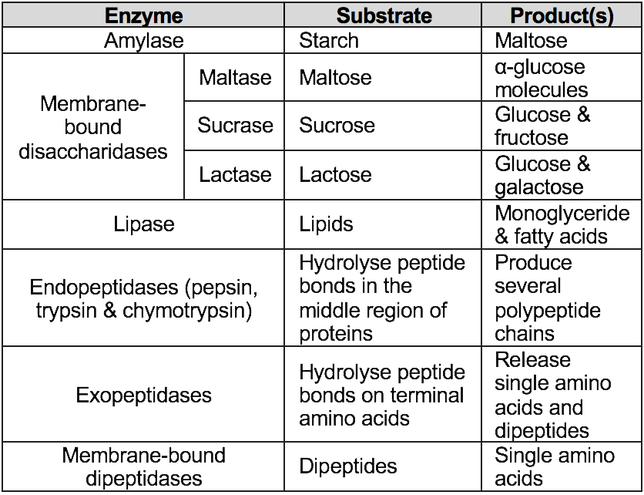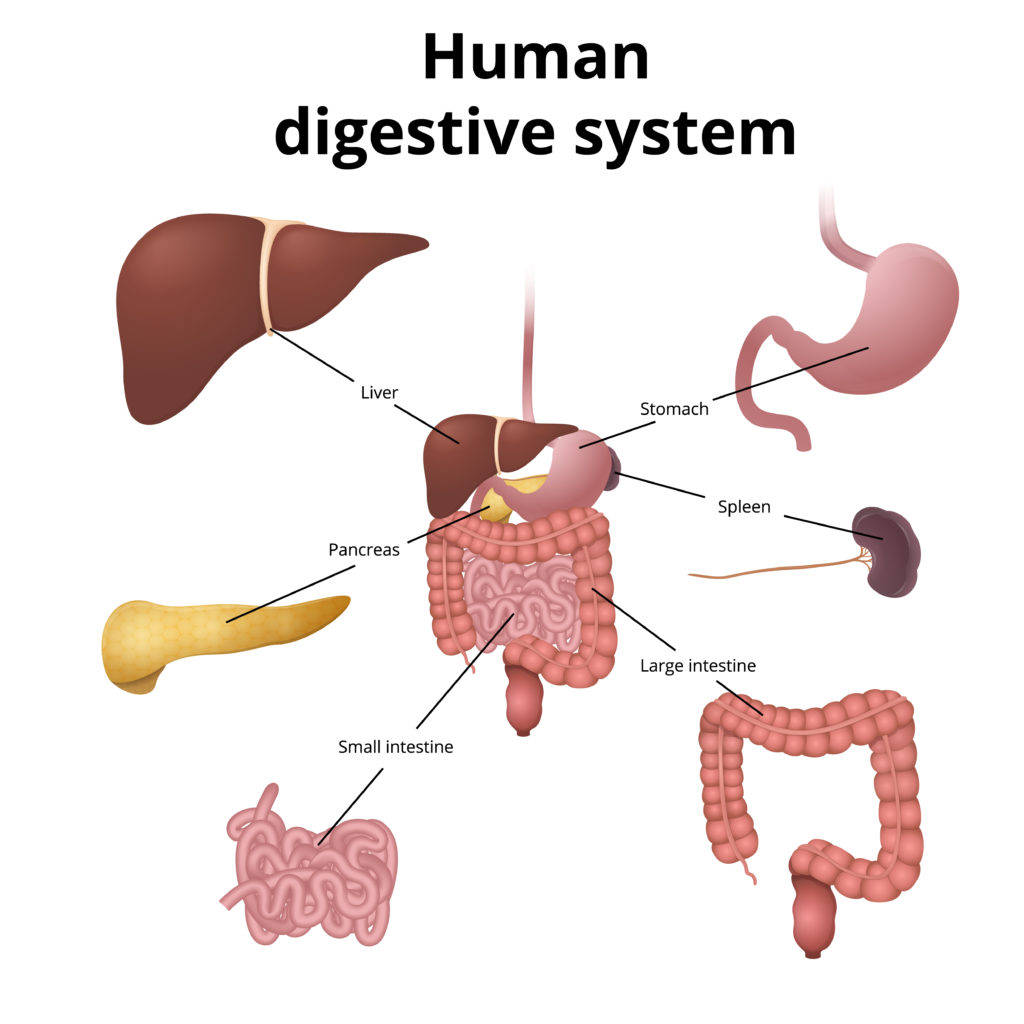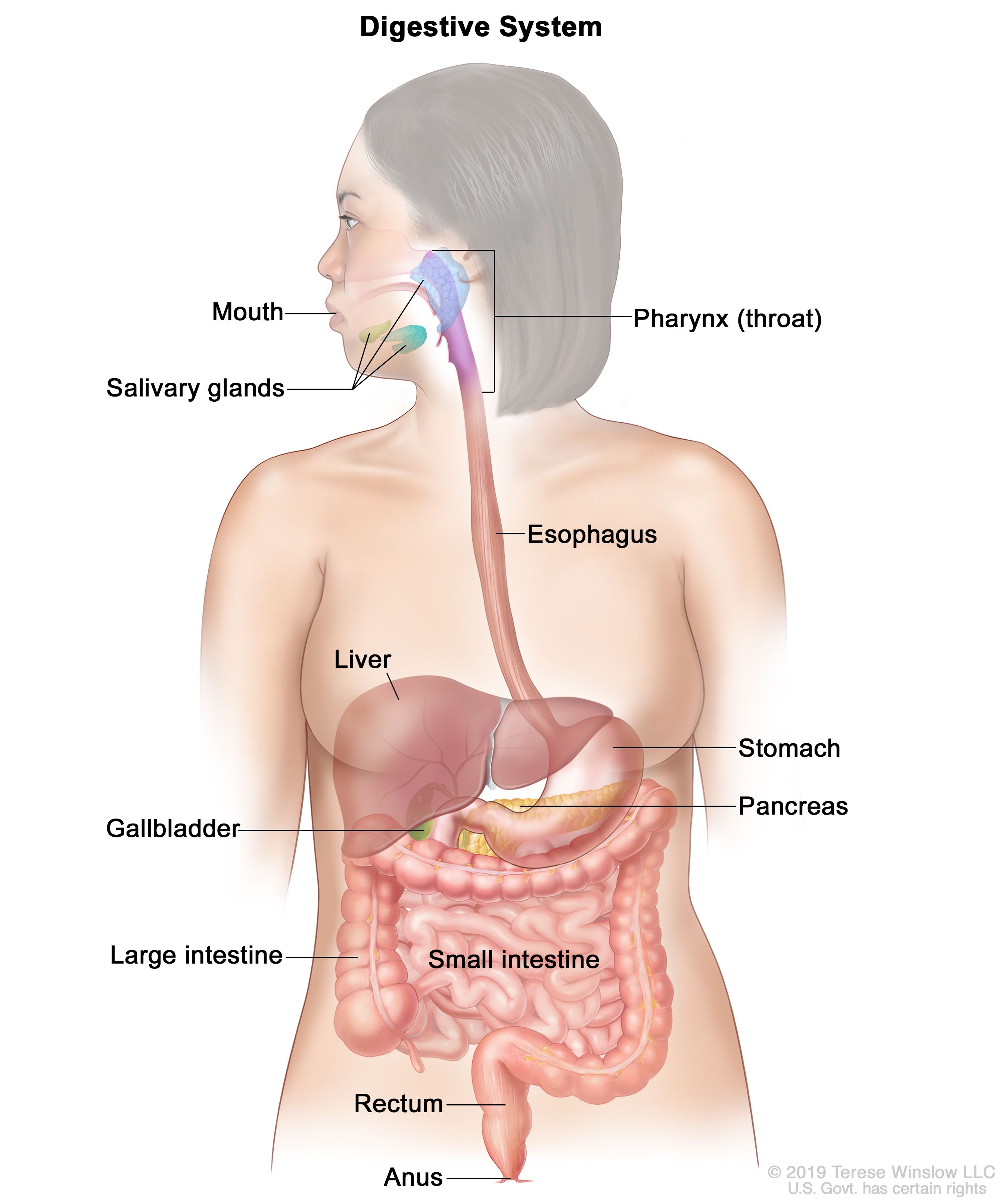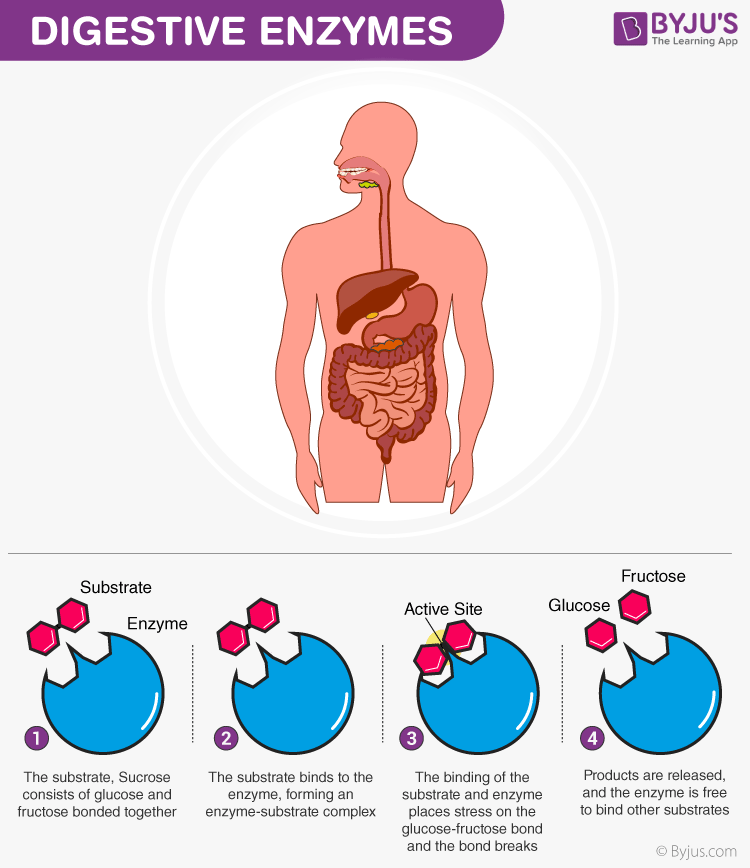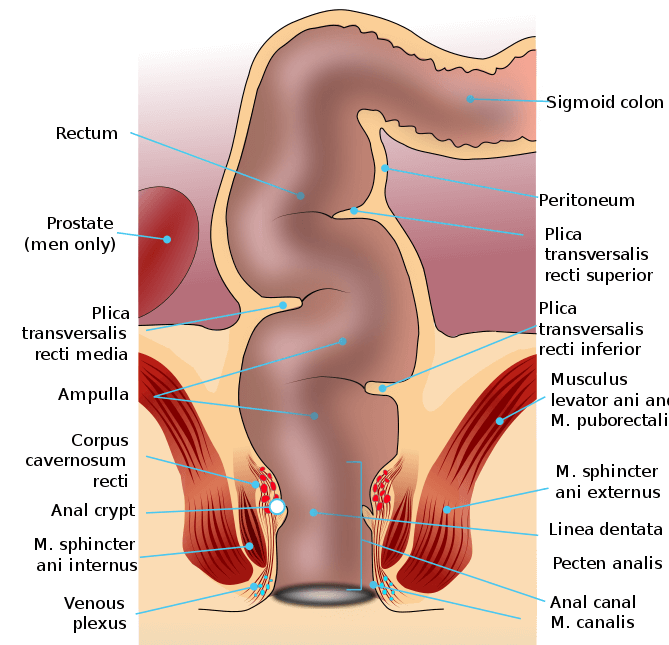Digestion is the process by which the body breaks down food into smaller molecules that can be absorbed and used for energy and nutrition. This process occurs in the digestive system, which consists of a series of organs and tissues that work together to break down and absorb nutrients from the food we eat.
The process of digestion begins in the mouth, where food is mechanically broken down by chewing and mixed with saliva. Saliva contains an enzyme called amylase, which begins the process of breaking down carbohydrates into simpler sugars. As the food is mechanically broken down and mixed with enzymes, it forms a bolus, or a ball of partially digested food, that is then swallowed and moved through the esophagus and into the stomach.
In the stomach, the bolus is mixed with stomach acid and enzymes that continue the process of breaking down food into smaller molecules. The stomach acid also helps to kill any potentially harmful bacteria that may be present in the food. The partially digested food, now known as chyme, is then moved into the small intestine.
The small intestine is where the majority of digestion and absorption of nutrients takes place. The walls of the small intestine are lined with tiny finger-like projections called villi, which increase the surface area for absorption. The small intestine also contains a number of enzymes and bile, produced by the liver and stored in the gallbladder, that help to break down fats, proteins, and carbohydrates into smaller molecules. These smaller molecules are then absorbed into the bloodstream and transported to the liver, where they can be used for energy or stored for later use.
Any remaining indigestible material, such as fiber, is passed on to the large intestine. The large intestine absorbs any remaining water and electrolytes from the indigestible material and compacts it into feces, which are eliminated from the body through the rectum and anus.
In conclusion, digestion is a complex process that occurs in the digestive system and is essential for the body to obtain the nutrients it needs to function properly. It involves the mechanical and chemical breakdown of food, as well as the absorption and utilization of nutrients. Without proper digestion, the body would not be able to obtain the energy and nutrition it needs to survive.
